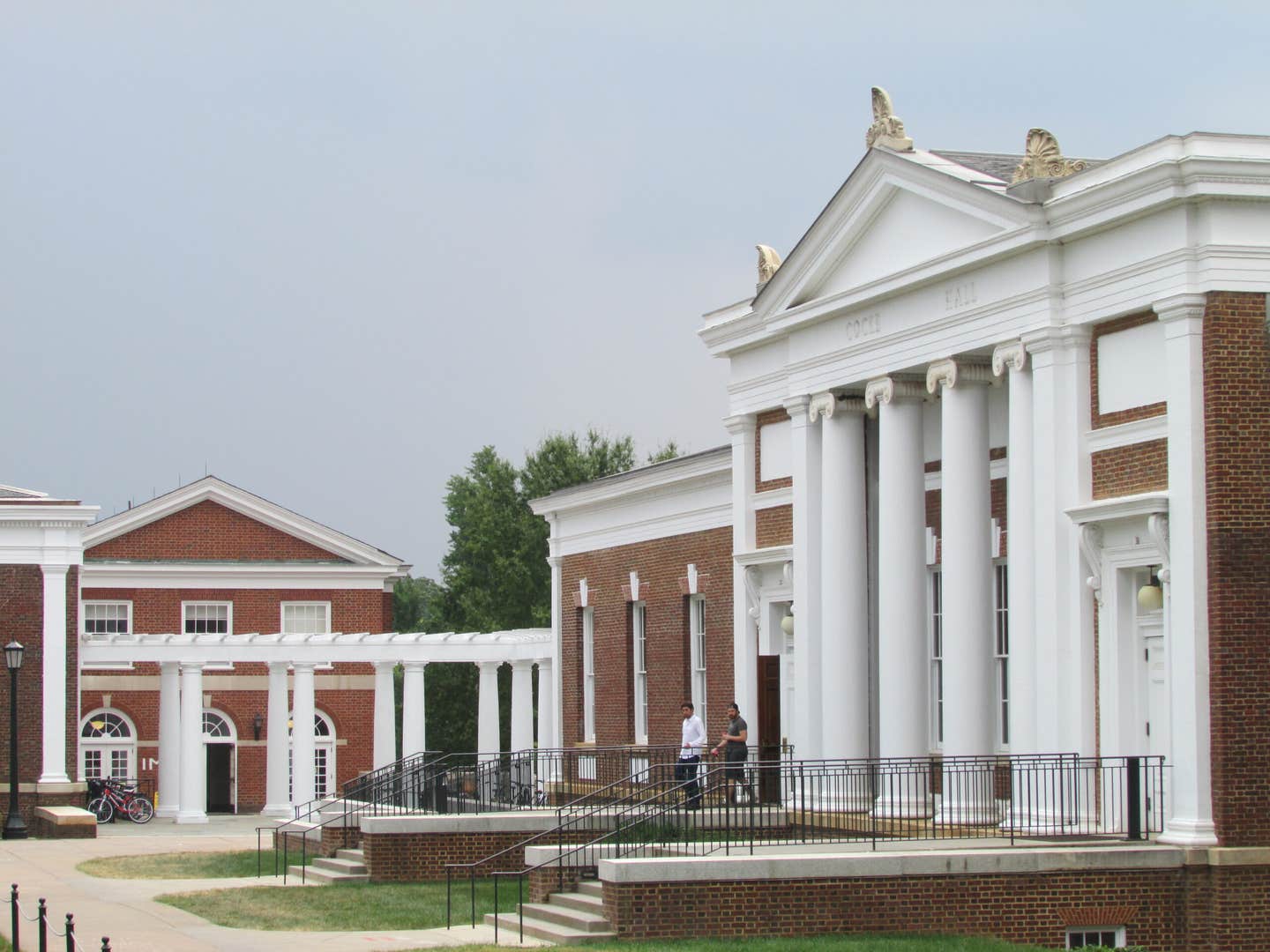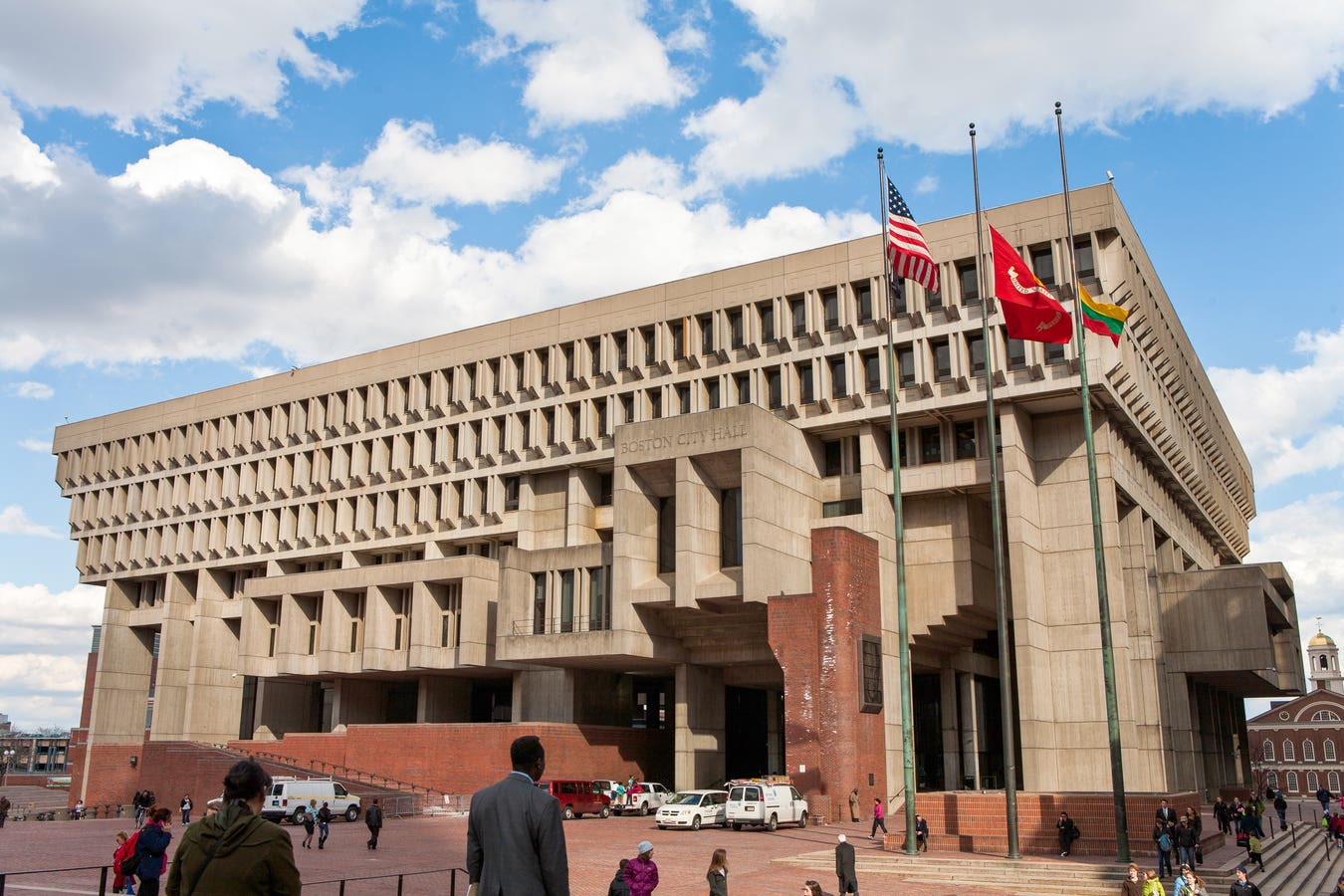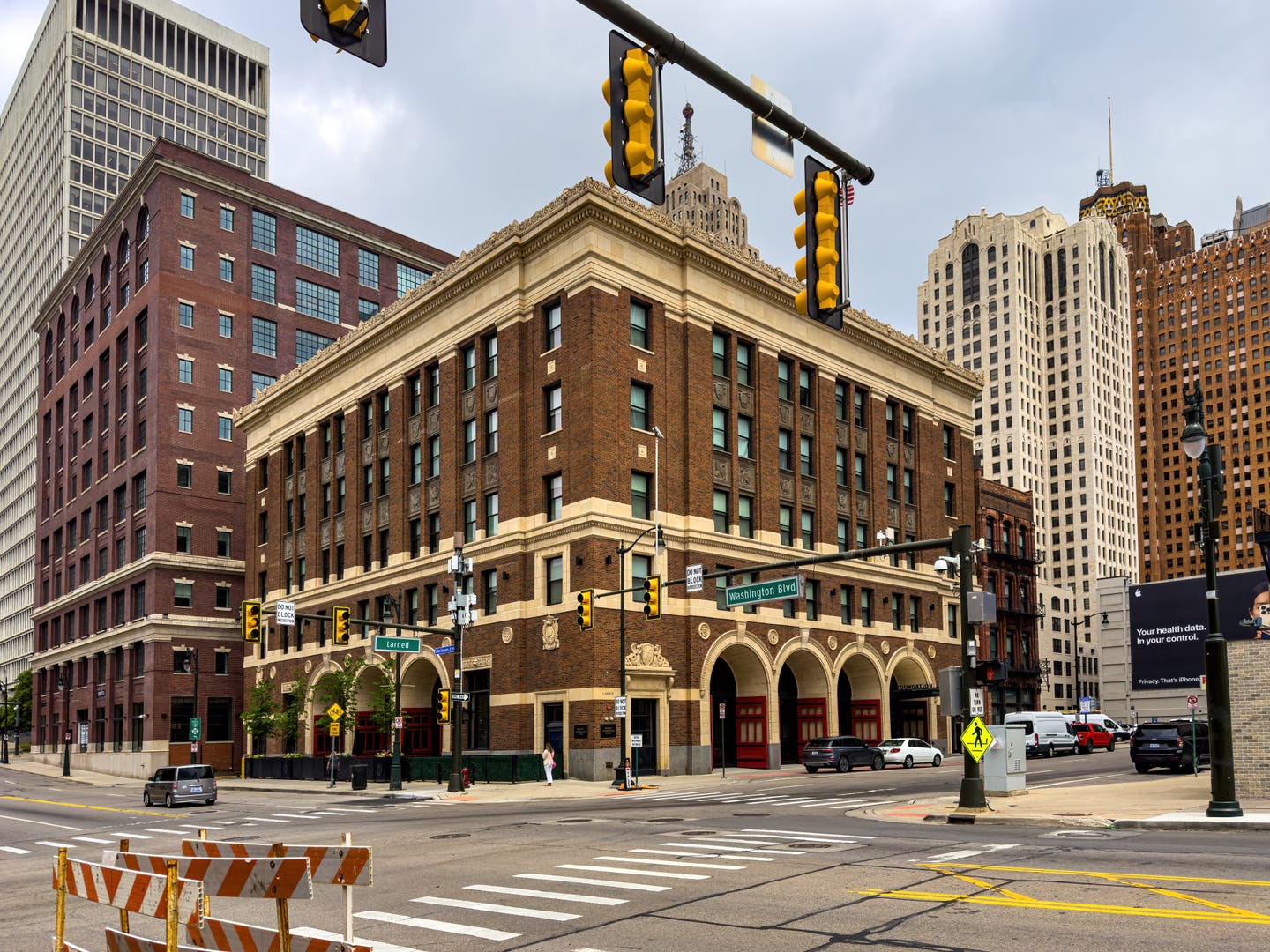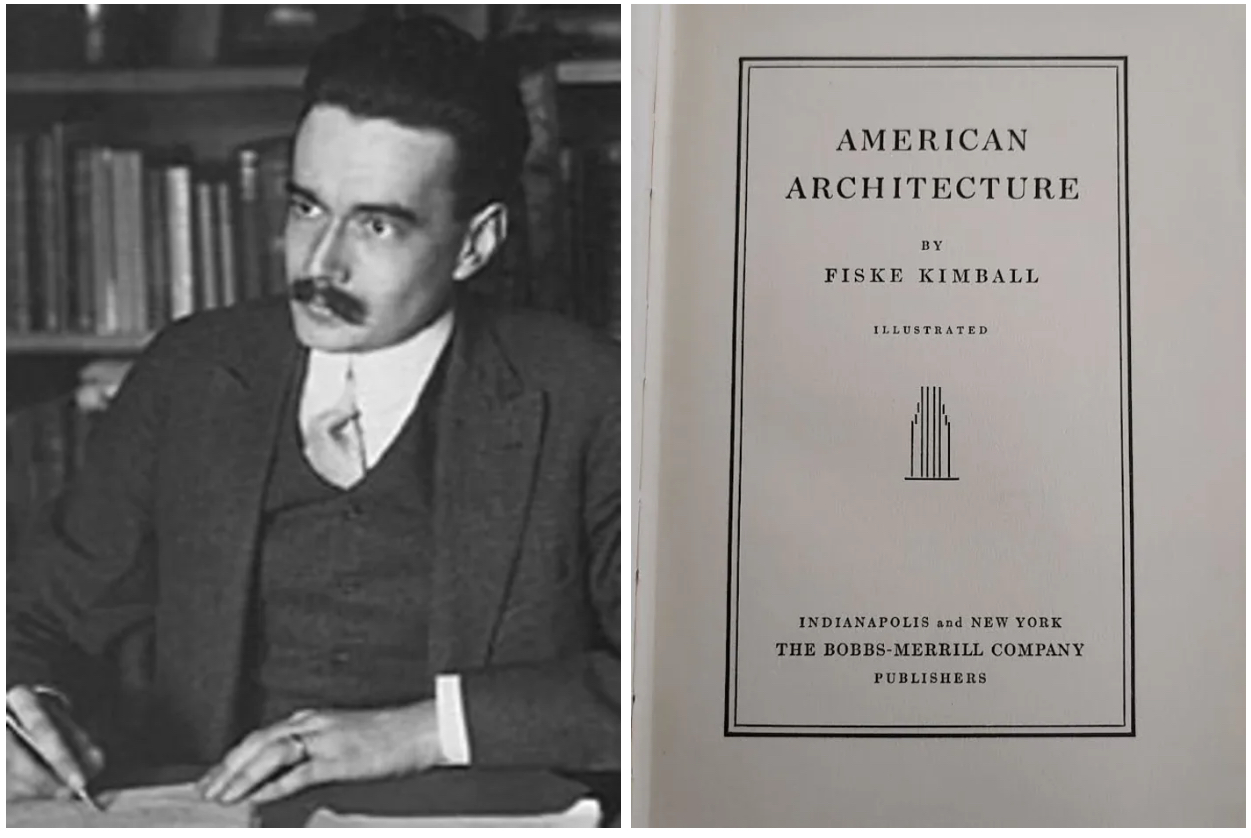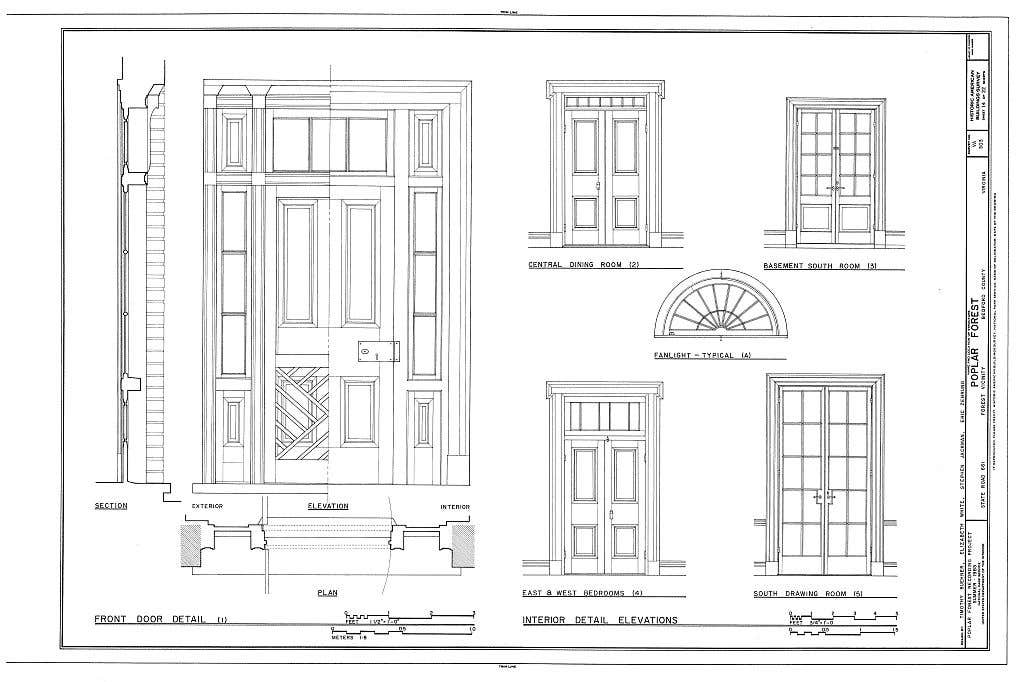
Peter Miller
Historic Doors and the Historic American Buildings Survey
Last month I wrote about the Historic American Buildings Survey (HABS), the program’s origins, purpose, and service to traditional building designers, for 90 years. HABS has an archive of architectural measured drawings that inform new design and historic restoration/ renovation.
This month I came across a handsome book which compiles HABS drawings of historic American doors: Dutch, Georgian; Federal; Early Classical Revival; Greek Revival; as well as church doors and fanlights. It is a soft cover, glossy with heavy stock paper, 130-page illustrated guide published by Historic Doors. If you want to replicate historic doors from a range of styles, this is a book which belongs in your architectural library.
In a straightforward writing style aimed at the expert and the amateur, Historic American Doors explains the evolution of wood door construction, from flush to raised panel. Form follows function with doors, like the Dutch door, which lets light and air in while keeping the livestock out. Doors make a statement too, like Greek Revival doors which conveyed the political ideals of our New Republic in the early 1800s.
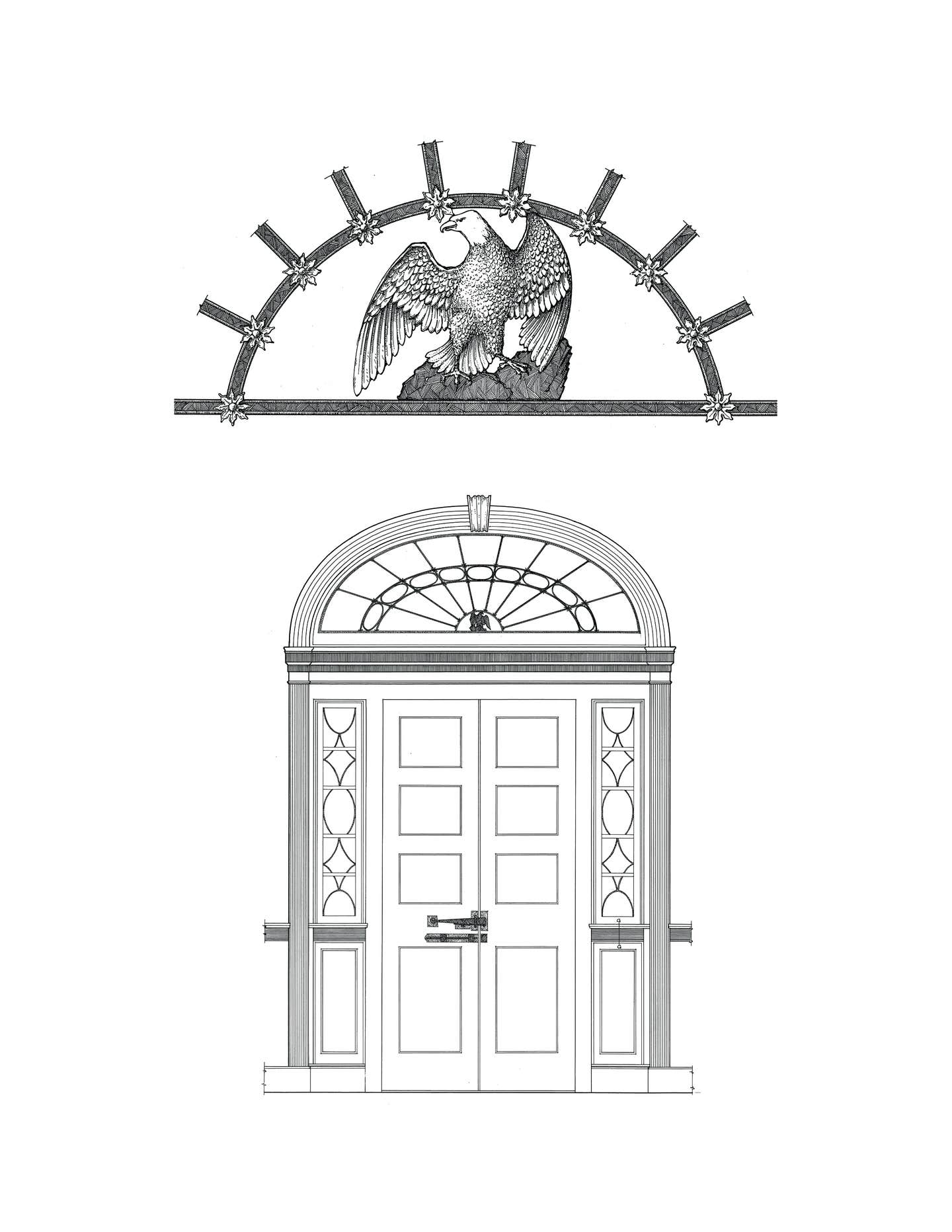
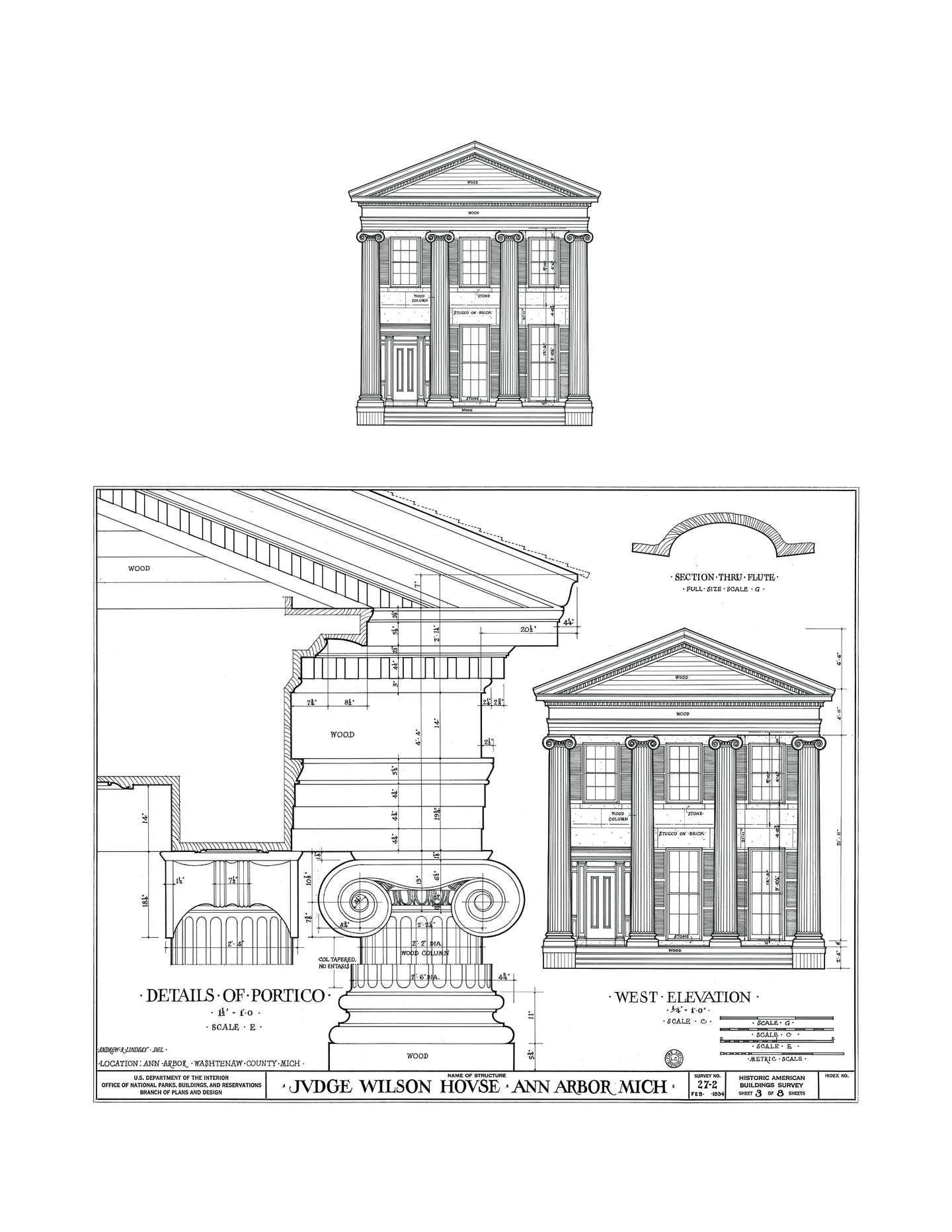
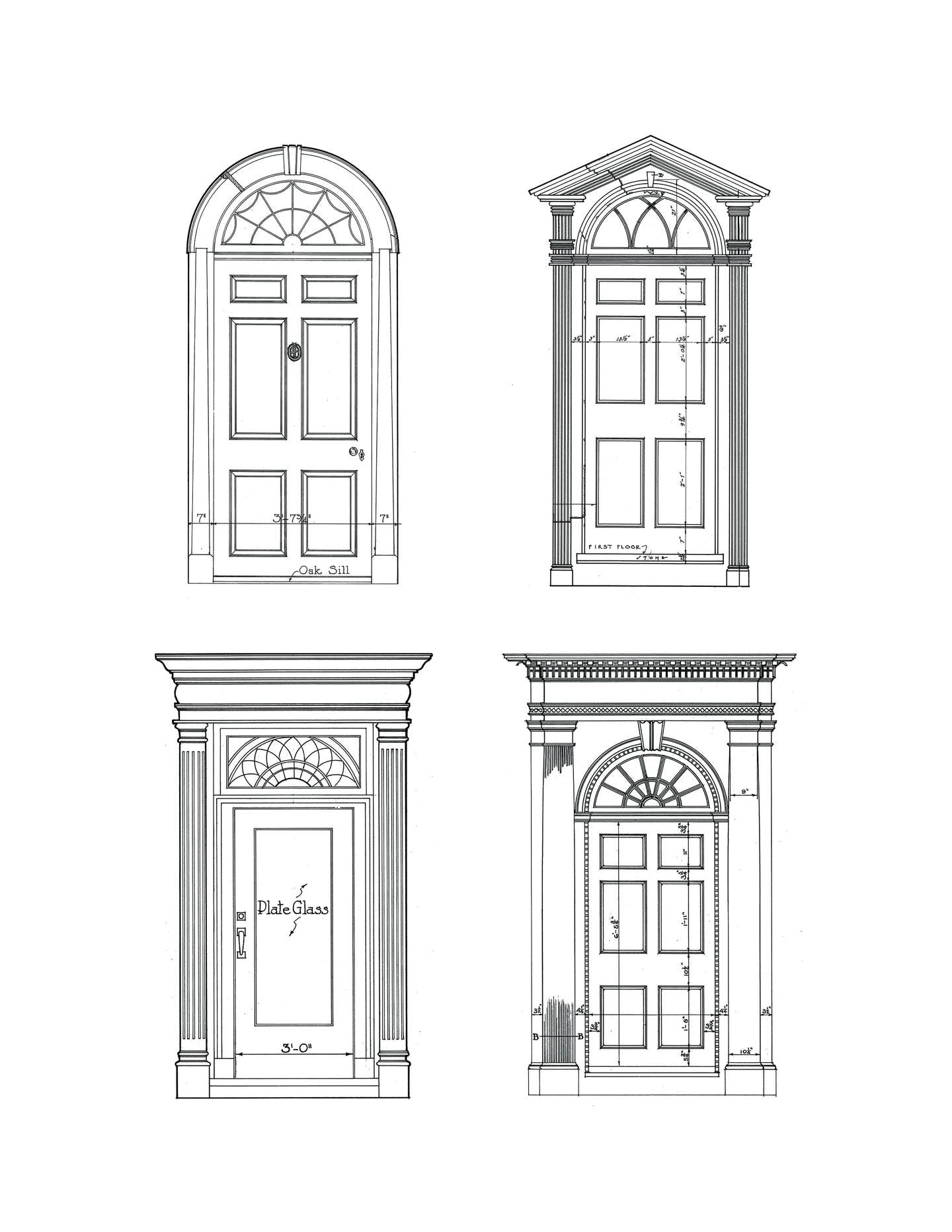
This book’s publisher, Historic Doors of Kempton Pennsylvania has put together six editions of Historic American Doors, the first in 1996, each a little different, each informed by the author’s love of the classical tradition and his education thereof. In the preface he writes, “today many architects, builders and homeowners are turning back to the traditions of classical architecture which are found in early styles of American houses.”
Using pen and ink architectural drawings from HABS, this book traces the development of those styles, from colonial times through Greek Revival, as depicted in the American doorway.
You may Contact Historic Doors to order a copy of the book; the cost is $85.00 and includes shipping.
Peter H. Miller, Hon. AIA, is the publisher and President of TRADITIONAL BUILDING, PERIOD HOMES and the Traditional Building Conference Series, and podcast host for Building Tradition, Active Interest Media's business to business media platform. AIM also publishes OLD HOUSE JOURNAL; NEW OLD HOUSE; FINE HOMEBUILDING; ARTS and CRAFTS HOMES; TIMBER HOME LIVING; ARTISAN HOMES; FINE GARDENING and HORTICULTURE. The Home Group integrated media portfolio serves over 50 million architects, builders, craftspeople, interior designers, building owners, homeowners and home buyers.
Pete lives in a classic Sears house, a Craftsman-style Four Square built in 1924, which he has lovingly restored over a period of 30 years. Resting on a bluff near the Potomac River in Washington, D.C., just four miles from the White House, Pete’s home is part of the Palisades neighborhood, which used to be a summer retreat for the District’s over-heated denizens.
Before joining Active Interest Media (AIM), Pete co-founded Restore Media in 2000 which was sold to AIM in 2012. Before this, Pete spent 17 years at trade publishing giant Hanley Wood, where he helped launch the Remodeling Show, the first trade conference and exhibition aimed at the business needs and interests of professional remodeling contractors. He was also publisher of Hanley Wood’s Remodeling, Custom Home, and Kitchen and Bath Showroom magazines and was the creator of Remodeling’s Big 50 Conference (now called the Leadership Conference).
Pete participates actively with the American Institute of Architects’ Historic Resources Committee and also serves as President of the Washington Mid Atlantic Chapter of the Institute of Classical Architecture & Art. He is a long-time member of the National Trust for Historic Preservation and an enthusiastic advocate for urbanism, the revitalization of historic neighborhoods and the benefits of sustainability, including the adaptive reuse of historic buildings.



